About Lanao del Norte
The province is known as the “Land of Beauty and Bounty” because of its beautiful and rugged terrain, cascading waterfalls, springs, lakes, mountains, and vast plains that dot its tropical landscape.
The economic activity in the province is predominantly steered by agriculture and fishing. Major crops produced are palay, corn, coconut, banana, and cassava. While the fishery commodities are seaweeds, tilapia, bangus, crabs, shrimp, tiger prawn, siganid, mudfish, catfish, and carp cultured in brackish water fishponds, freshwater ponds, marine pens, and cages.
To make ends meet, residents in the province either benefit from the coastal areas or till lands to produce crops. People in Tangueguiron, one of the coastal barangays in Tubod, love fishing, growing seaweed, and cultivating milkfish in marine water.
Seaweeds are used in the food industry for gelling, thickening, and stabilizing agents. Aside from its economic benefit, it also offers a slate of opportunities to mitigate and adapt to climate change such as damping wave energy and protecting shorelines, elevating pH levels, and supplying oxygen to waters, thereby locally reducing the effects of ocean acidification and de-oxygenation.
The plant can also help prevent coastal eutrophication (caused by the increase of water nutrients due to runoff, use of fertilizers, and/or excessive organic load composition) by absorbing large quantities of nitrogen, phosphorus, and carbon dioxide thereby preventing algal blooms such as red tides that may affect and place heavy economic losses on coastal aquaculture (Duarte, 2017). Safe and sustainable, seaweed aquaculture is good for the economy and good for the ocean.
TASEGFICO with 66 members received their certificate of registration from the Cooperative Development Authority (CDA) on July 2, 2021, when they became part of the Special Area for Agricultural Development (SAAD) Program, and recipients of the Seaweed and Milkfish in Pen Project from 2019 to 2021.
Prior to their selection as beneficiaries of the program, the members get their income from growing seaweed – engaged in a 100-line farm. However, they could not sustain the activity due to financial instability. During harvest, earnings were just enough to provide for the basic needs of their families, while the fishers remain in debt to provide for extra needs.
It was until the onset of the CoViD-19 pandemic that the farmers and fishers heavily felt its impact while they keep their families fed through the global crisis. At the height of the crisis, the movement of goods and produce between countries, regions, provinces, and municipalities was significantly restricted with some areas completely closed. This prevented the farmers and fishers from accessing the markets resulting in waste of produce, especially fruits and vegetables. The social distancing translated to reducing the farm laborers is notably a job loss to farm workers who rely mainly on daily wages for livelihood.
It can be recalled that to address the situation, the Department of Agriculture (DA) launched the Plant, Plant, Plant Program which aims to sustain farmers’ and fishers’ productivity and earning capacity.
The initiative is grounded on the provision of basic, practical, and quick-yielding agricultural and fishery interventions to help the marginalized sectors deal with the long-drawn pandemic.
Adhering to the DA’s campaign for sustained and unhampered food production, BFAR 10 provided basic inputs for aquaculture which are deemed imperative to support the activities of the region.
In 2019, TASEGFICO received Php 1,208,050 worth of Seaweed Project which included propagules and training on seaweed aquaculture.
The cooperative immediately cultivated the seaweed seedlings in each member’s ¼ hectare (ha) area, using the floating long line method. The lines are tied at both ends of the posts parallel to each other and 20-25 centimeters (cm) from the bottom. Each site location has a water depth of 1 to 2 feet at low tide and at least 7 feet at high tide. This way, the seaweeds will not be overexposed to sunlight and air during low tide and will be exposed to enough sunlight during high tide.
The group performs regular farm visiting, keeps plants clean by removing mud and rough seaweeds, and checks and prunes the disease-infected portion of the plants.
The group started to harvest from their plants after 45-60 days or before the seaweed reaches 1kg, the farmers gather them by taking all the plants and replacing them with new cuttings. Dried seaweeds were sold at Php 50-60/kg, while the fresh ones were valued at Php 10-25/kg.
The whole year round, seaweed gardening provided the group with a consolidated income of Php 900,000.
Similarly, in 2020, supplemental support was granted consisting of farm implements for the seaweed project, including a noodle maker machine, and processing utensils. From the plants alone in this cycle, Php 540,000 was earned.
For 2021, the accumulated gross income was Php 264,000. In total, the cooperative already had Php 1,704,000 revenue from seaweed farming (Table 1). Table 1. Income from seaweed production
|
Year |
Total Harvest (kg) |
Gross Income |
|
2019 |
60,000 |
900,000.00 |
|
2020 |
36,000 |
540,000.00 |
|
2021 |
5,000 |
264,000.00 |
|
Total |
101,000 |
1,704,000.00 |
For them to venture into an enterprise, they were taught how to make seaweed crackers and noodles. They are still on trial up to this day but shortly, they will display and market the said seaweed products.
Seaweed nursery
In 2021, the group needs to source out propagules outside the vicinity – of which transport to their farm site will affect the quality. This is a critical period for the seedlings because when they are taken off the water for 12 hours without pouring seawater in-between, they will die. Also, other factors that will lead to mortality are when they are placed in a container with inadequate ventilation, packed with too much pressure, or if there is an increase in temperature inside.
To address the said concerns, SAAD provided them with a seaweed nursery worth Php 300,000. The construction of the establishment is still ongoing.Cultivating bangus in pen project
In 2020, another project which is the Milkfish in Pen was introduced including materials for the pen, freezer, Fiberglass Reinforced Plastic (FRP) boat, and accessories, training on food processing such as bangus deboning, and other value-adding products amounting to Php 993,817.55.
Milkfish culture in brackish water is a traditional practice for most fishers, that is why the project is not new to the cooperative.
In a 600sqm fish pen, the group cultured the bangus fingerlings for four to five months. With proper management and regular monitoring of their fish, the cooperative accumulated Php 330,400 (two cropping) for its first-year operation.
In 2021, feeds and fingerlings were also provided by the program, as well as mini processing shed, and training on value-adding products. Income from fresh bangus sold at Php 150/kg increased this time to Php 747,231 for two cropping.
As of December 2021, the cooperative earned Php 1,077,631 from selling fresh bangus in the local market (Table 2).Table 2. Income from milkfish in pen production
|
Year |
Total Harvest (kg) |
Gross Income |
|
2020 |
5,781 |
840,000.00 |
|
2021 |
5,637 |
791,000.00 |
|
Total |
11,418 |
1,631,000.00 |
(We now have two fish pens, the first one was provided by SAAD. We used our income from the first pen to create another one. We are also provided with a series of training activities for bangus processing such as deboning.)
From their income, the members shared Php 2,000 each and the remaining amount will be used for the next cropping expenses. They will also take home fresh fish for their families.
“Nagpasalamat gyud ko, kay tungod ani nakapatukod mi’g bag-ong fishpen, naka-palit mi og lote, nakahuman ko og processing shed. Kini tanan, wa man ko gadahom ani. Tungod lang gyud anang kwartaha sa permiro nga hinatag sa SAAD program og sa BFAR, nahitabo ni tanan,” vouched Mr. Del Socorro Jr.
(We are thankful, because of SAAD we are able to make another fish pen, we also bought land for our mini processing shed. Of these, we didn’t expect this much to happen. We got these because of SAAD’s first assistance to us through BFAR.)
Met with different challenges during project implementation, the association turned into a cooperative through the SAAD program in July 2021.
In 2020, they were able to establish a small store where they display various agriculture supplies such as bamboo poles, nets, and other materials used for fishing. Reported income reached Php 44,000.
In 2021, they purchased a 25sqm land worth Php 35,000 for their mini-processing shed (Php 336,995) provided by the program.
Cooperative Treasurer, Ms. Esterlina Lantaca attested how the project helped them feed their families during the pandemic.
“Nagpasalamat ming tanang miyembro sa kooperatiba kay nakadawat mi sama aning mga gi-harvest namu ron, maka-income pami, maka-kaon pa gyud mi. Pasalamat pod mi nga giahatagan mi aning project kay aron naa mi ipatuyok sa among na-kwarta para among ihimu para sa among sunod nga project aron nga mulambo mi tanan miyembro.”
(All of us members of the cooperative are thankful because we have this project where we get income from, and eat fresh fish too. In fact, we used our income as rolling capital for our next plans for project sustainability)
“Magpasalamat gyud ko sa BFAR-SAAD nga gitabangan kaming mga mananagat. Ang akong gusto unta nga nanghinaot mi nga tabangan ming mga mananagat kay mao ragyu’y panginabuhi namo. Pasalamat gyud ko sa inyuha kay gihatagan ninyo og paglaum ang mga mananagat,” was Mr. Del Socorro’s gratifying message to the program implementers.
(I am very grateful to BFAR-SAAD for helping us. Sailing the sea is our source of income. Thank you for giving the fishers hope)
Enterprising
The cooperative will sustain its bangus and seaweed production by increasing profit through processing technologies provided by the program such as noodle maker machine and mini-processing shed.
They observed that their seaweed and bangus products were loved and consumed by the local buyers. To cater to the growing demand, they will increase their production of deboned bangus and seaweed products such as crackers, noodles, and ice cream. They will also add more agriculture supplies in their small store for the farmers and fishers in their area.
TASEGFICO hopes to avail more of BFAR-SAAD training activities related to the projects provided to them. They believed that bangus and seaweeds pave the way for the rise of other value-added products – an opportunity that should not be missed out. This will promote sustainability of the fishery sector and of coastal areas, as well as provide more stable and secure fishery livelihoods. ###
Writer: Jennifer A. Valcobero, DA-SAAD NPMO Public Relations and Communications Officer
Sources of Photos and Data: BFAR-10, PFO Lanao del Norte
Reference:
Duarte CM, Wu J, Xiao X, Bruhn A and Krause-Jensen D. 2017. Can Seaweed Farming Play a Role in Climate Change Mitigation and Adaptation? retrieved from https://www.frontiersin.org/articles/10.3389/fmars.2017.00100/full

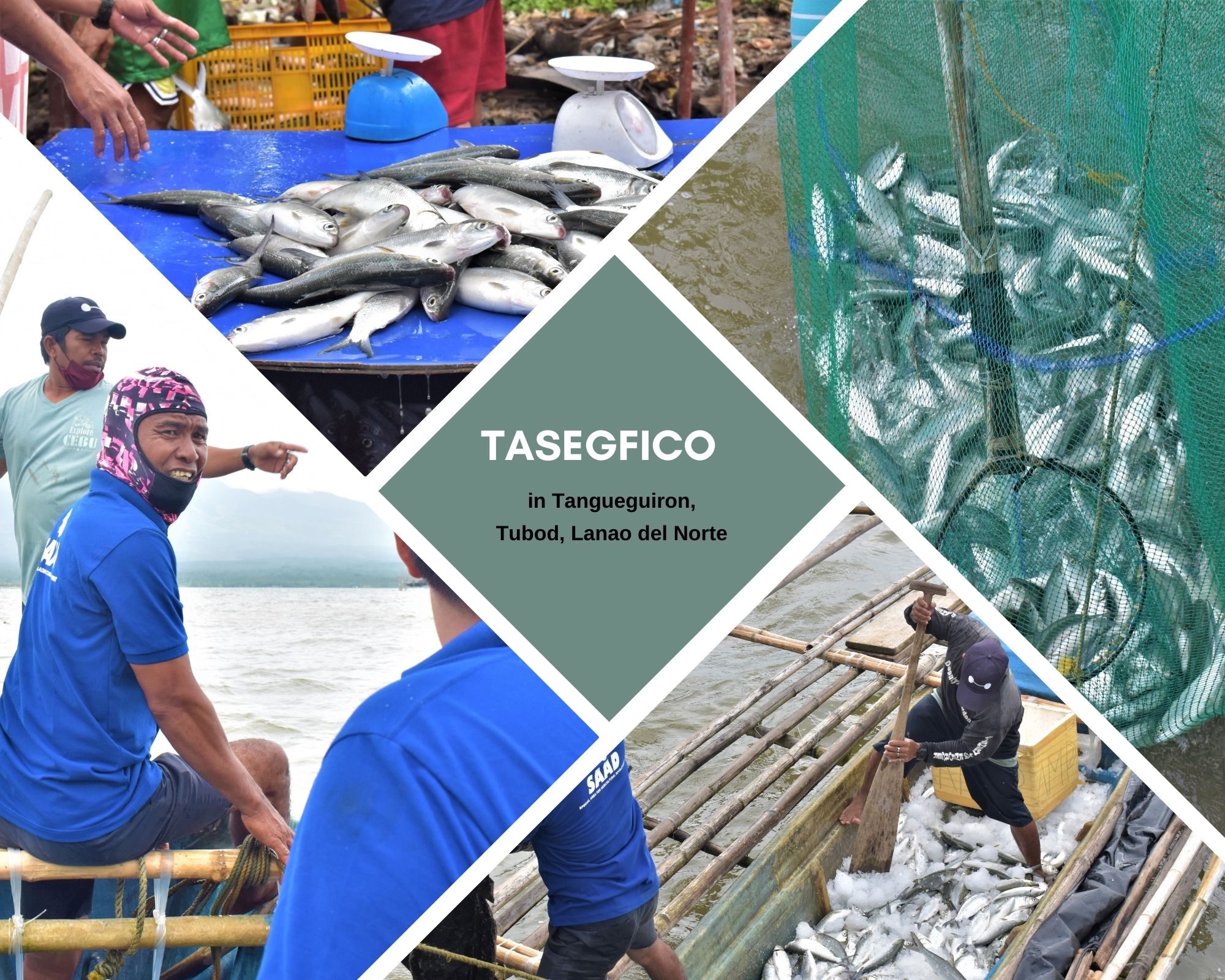
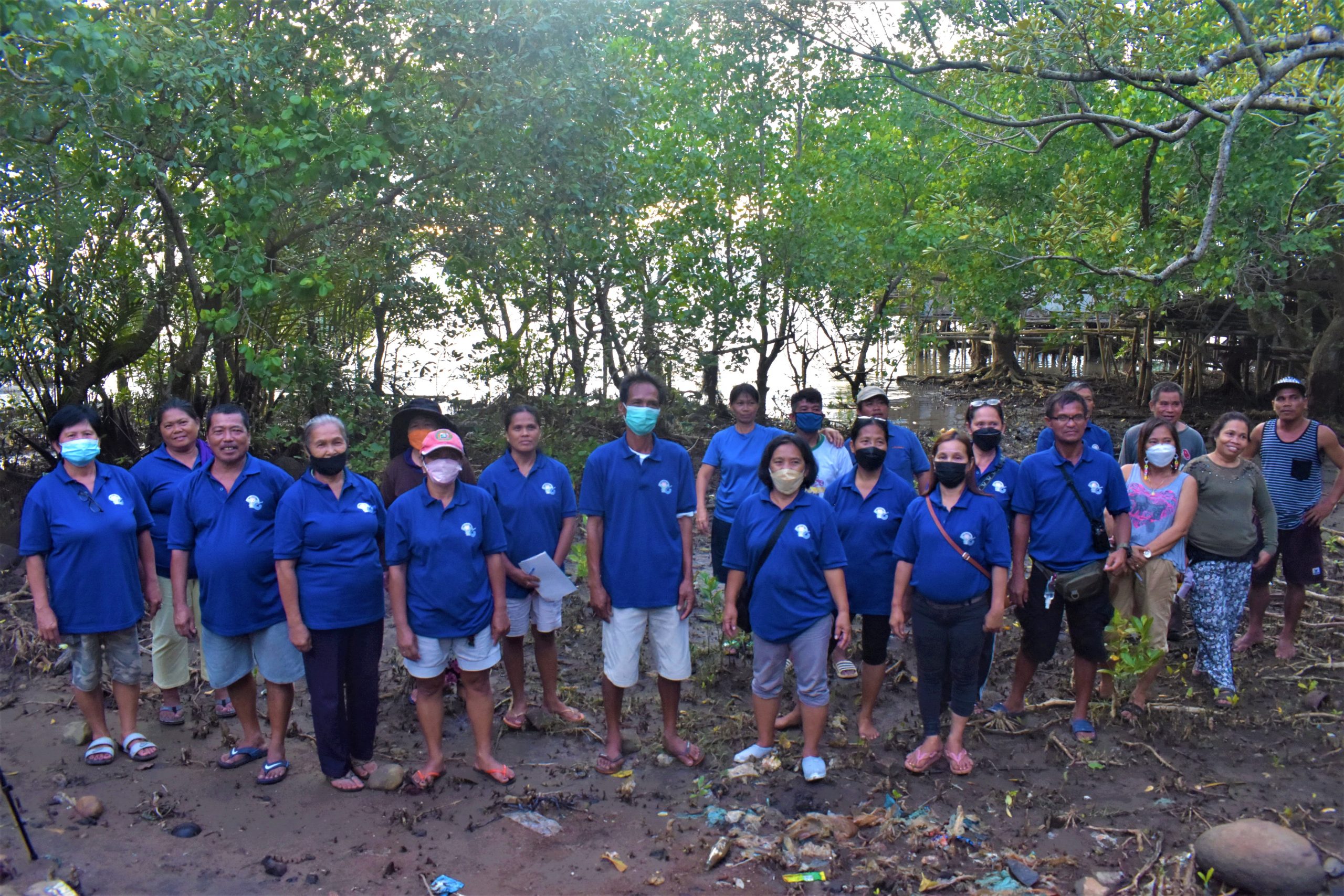
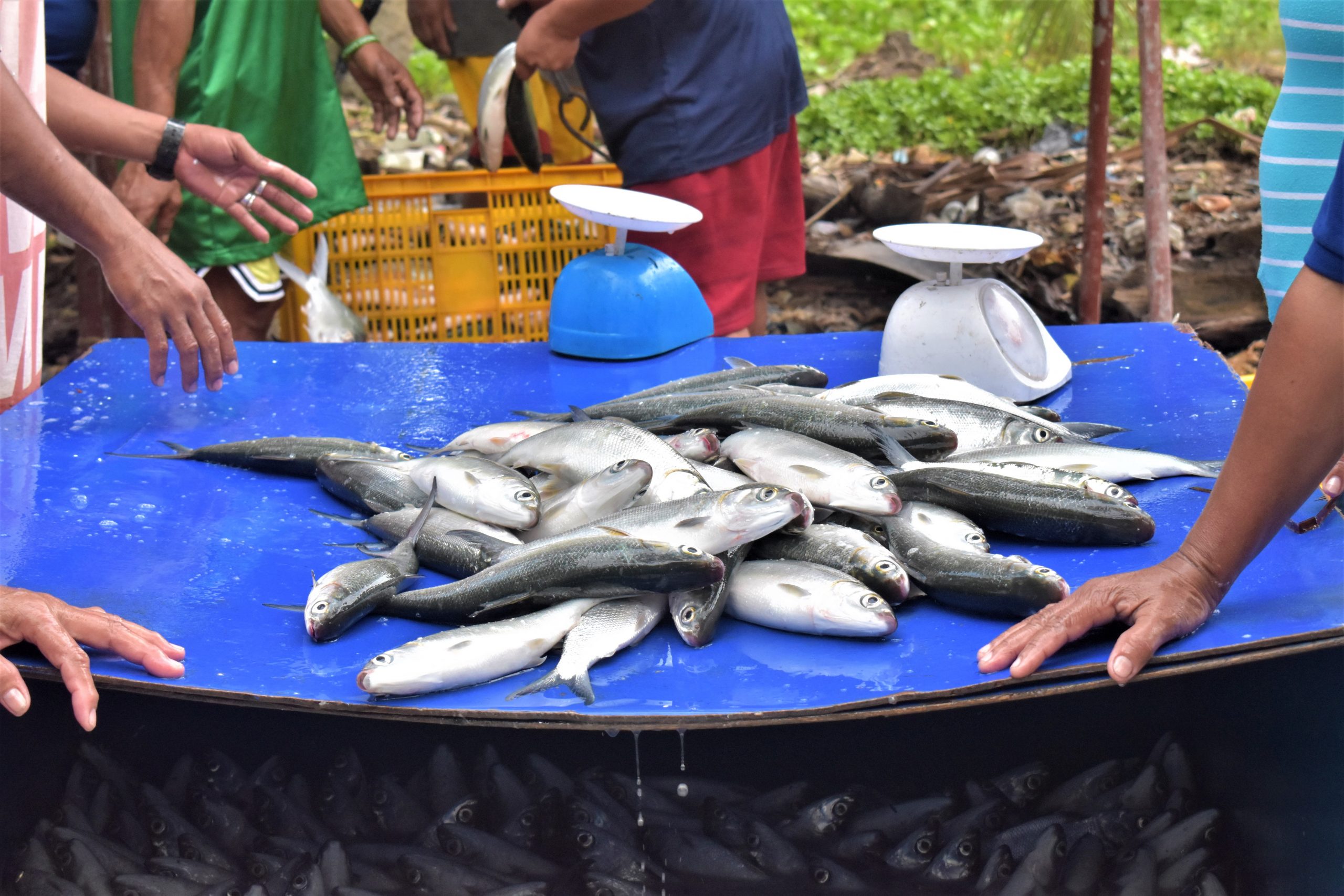
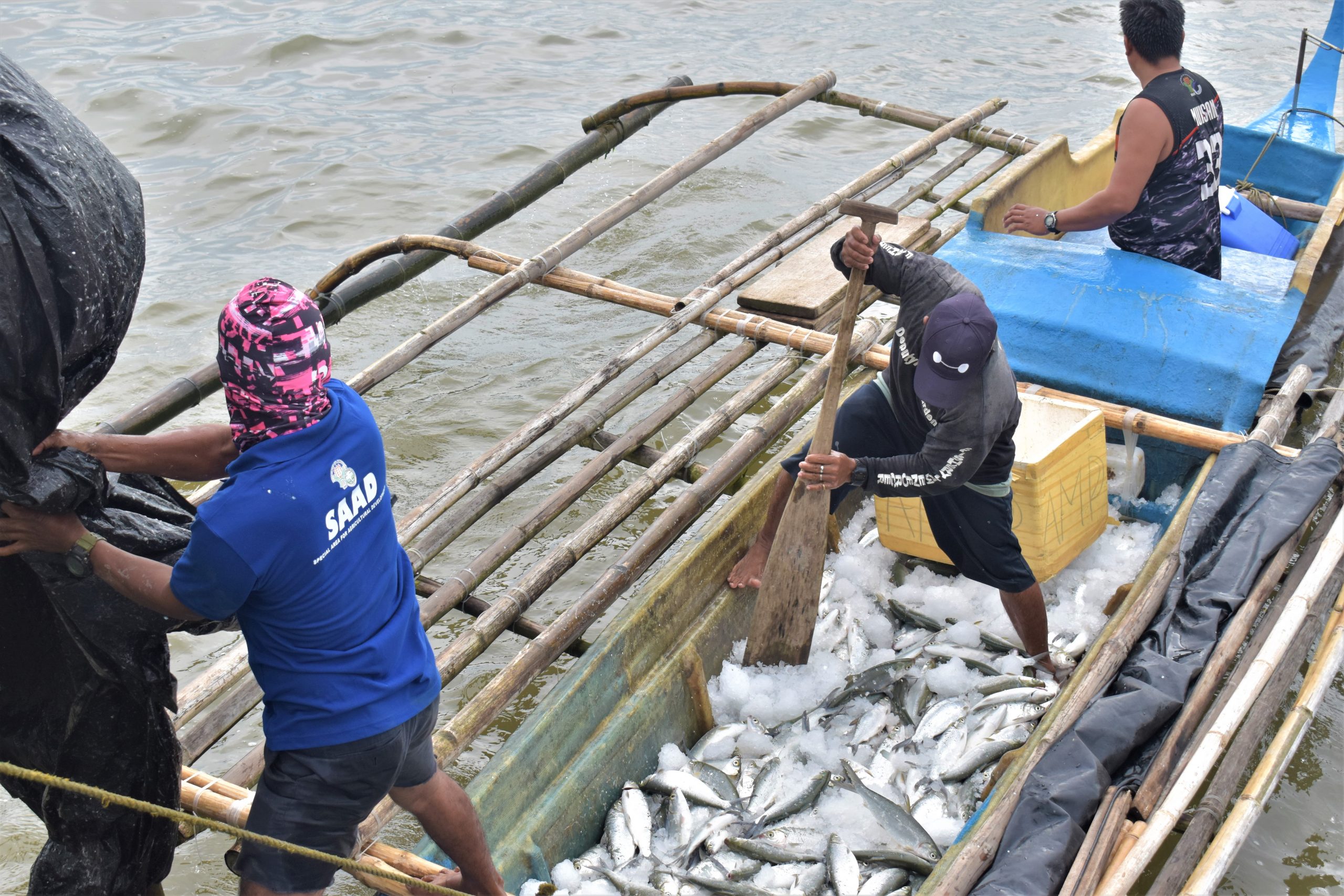
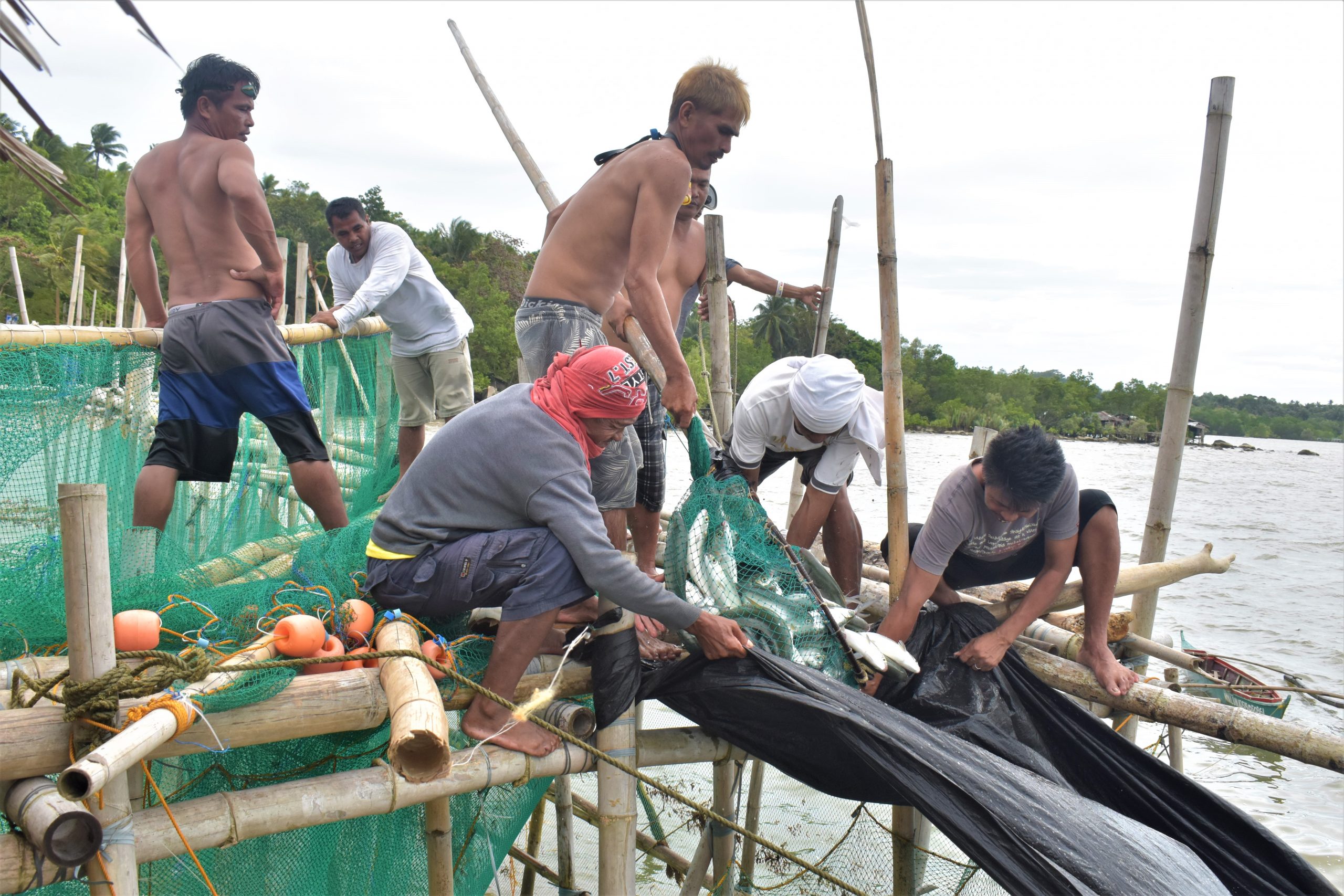
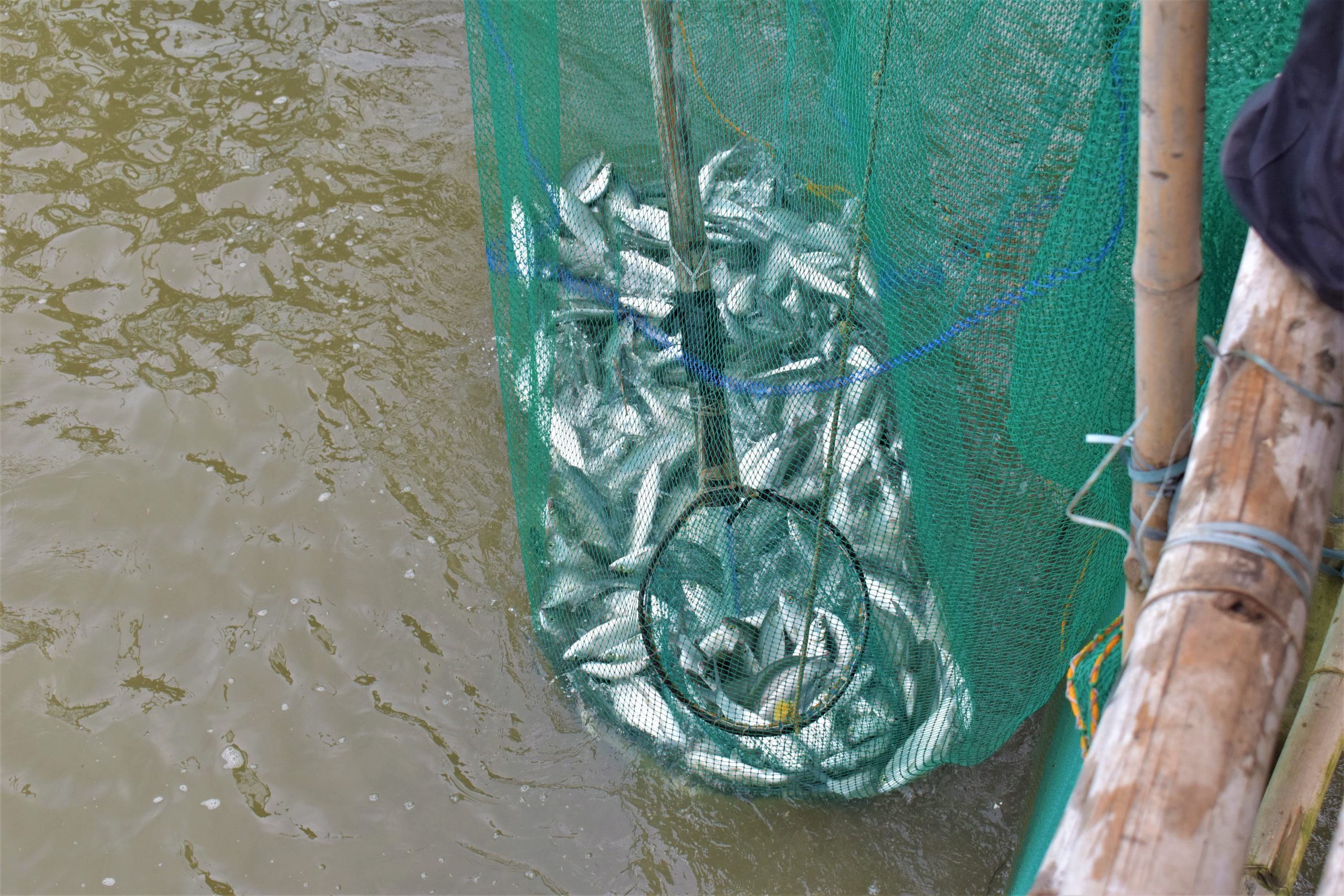
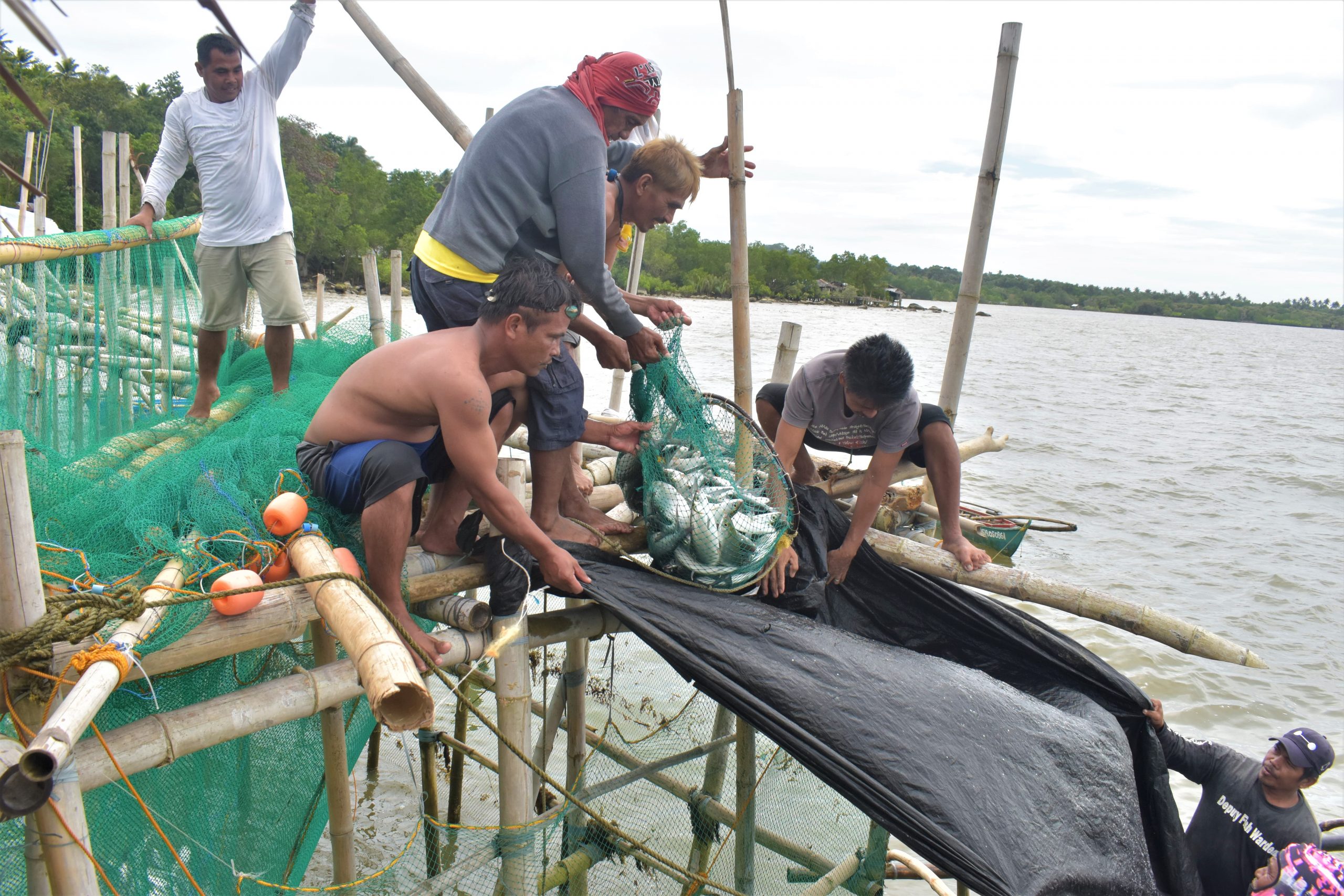
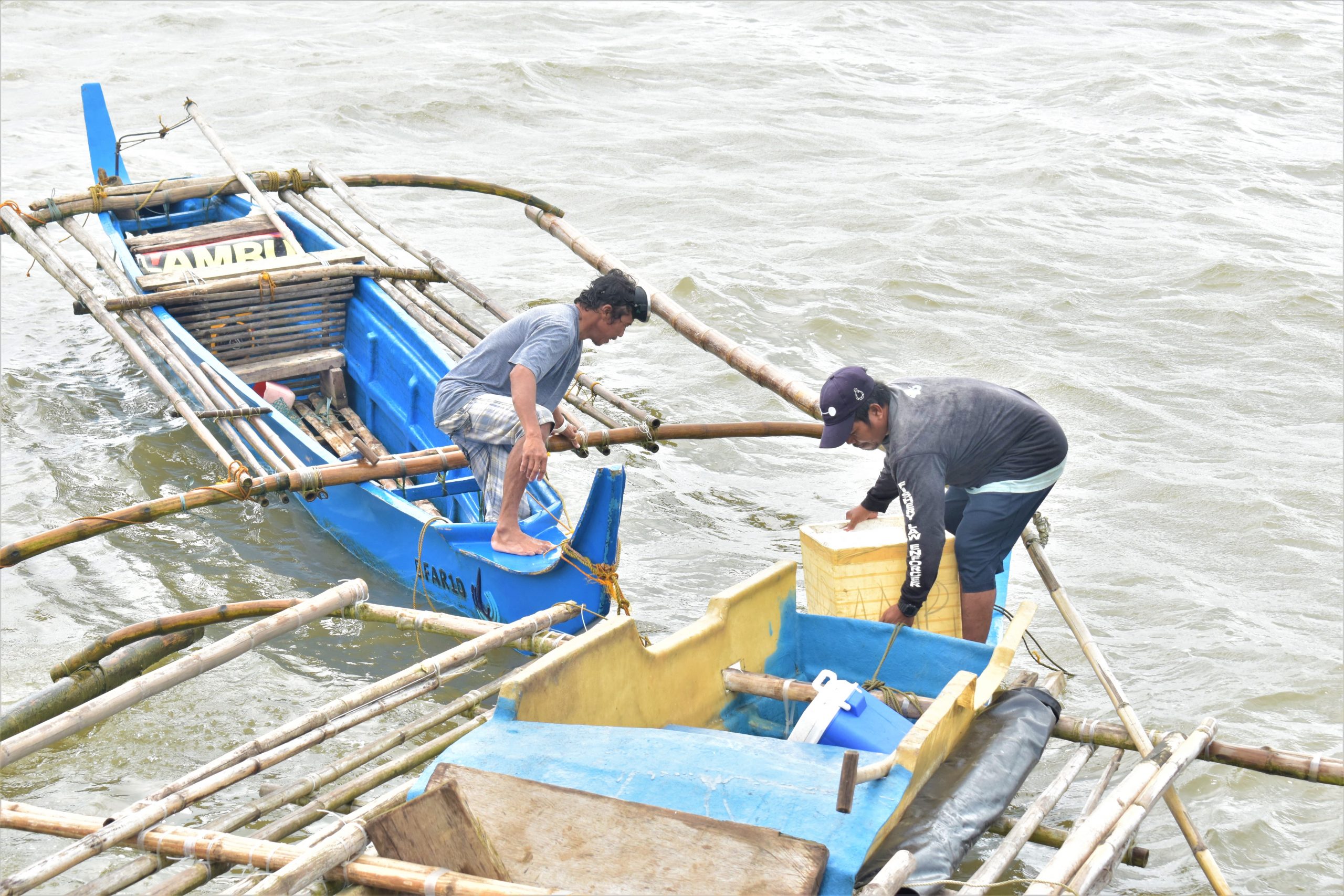
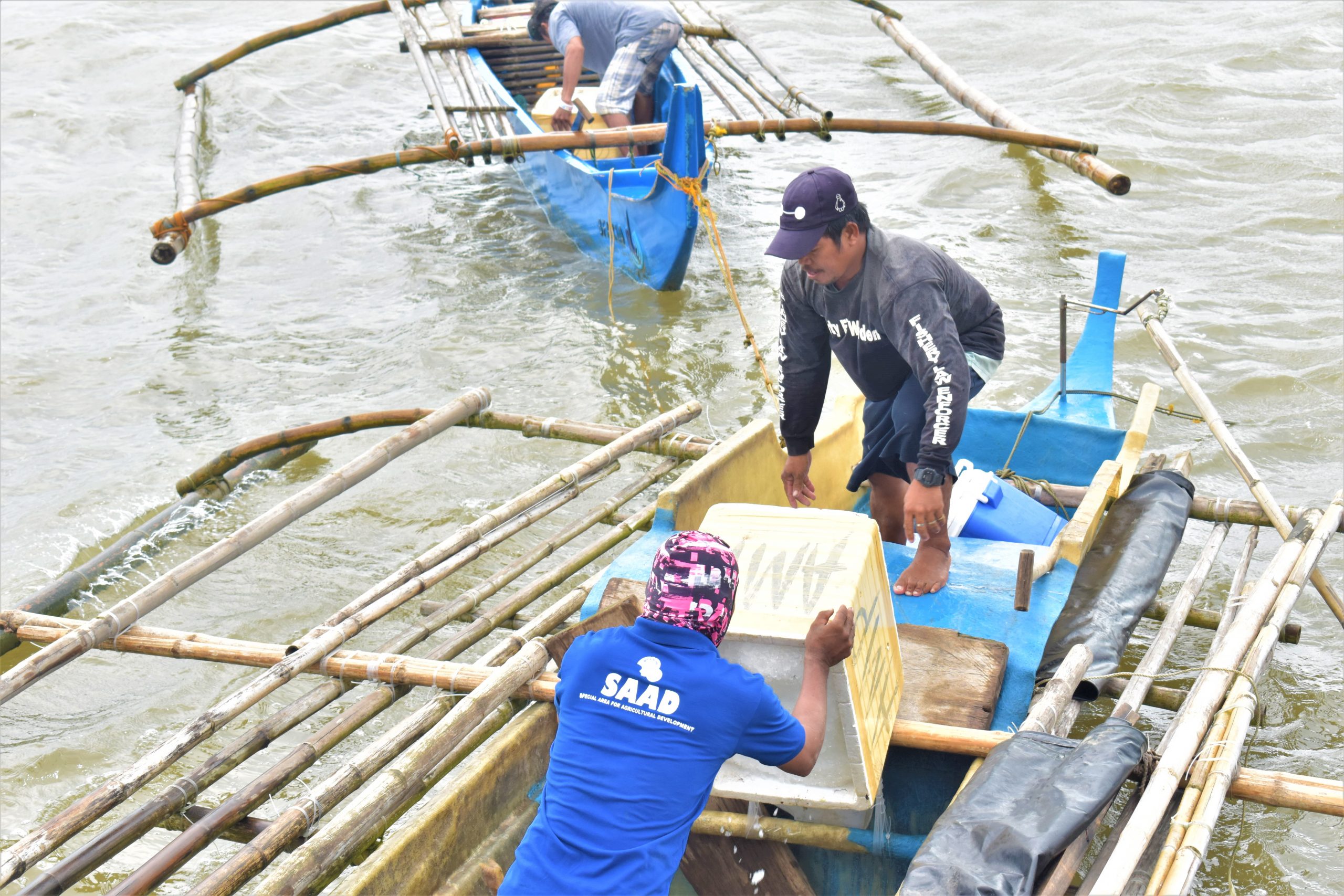
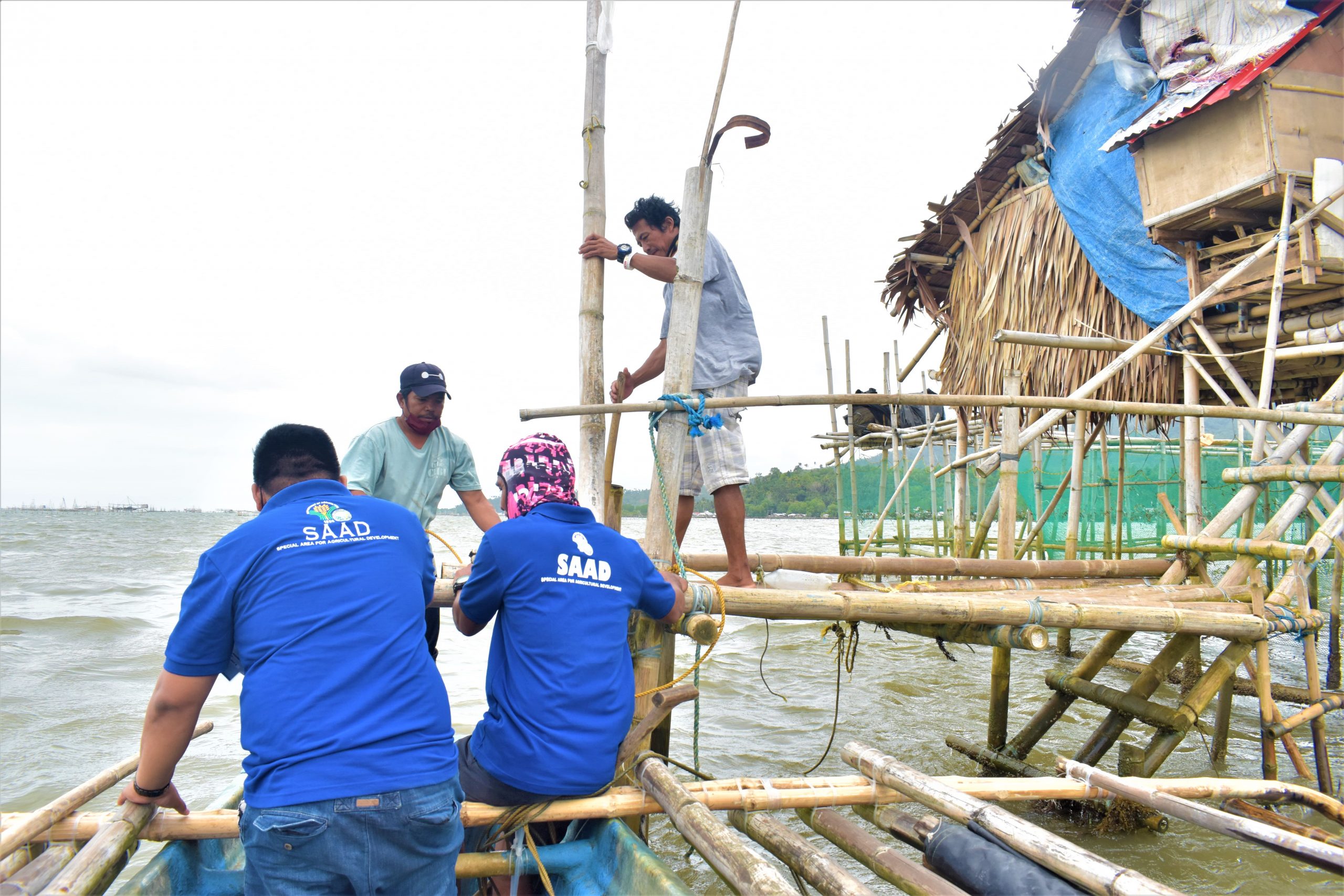
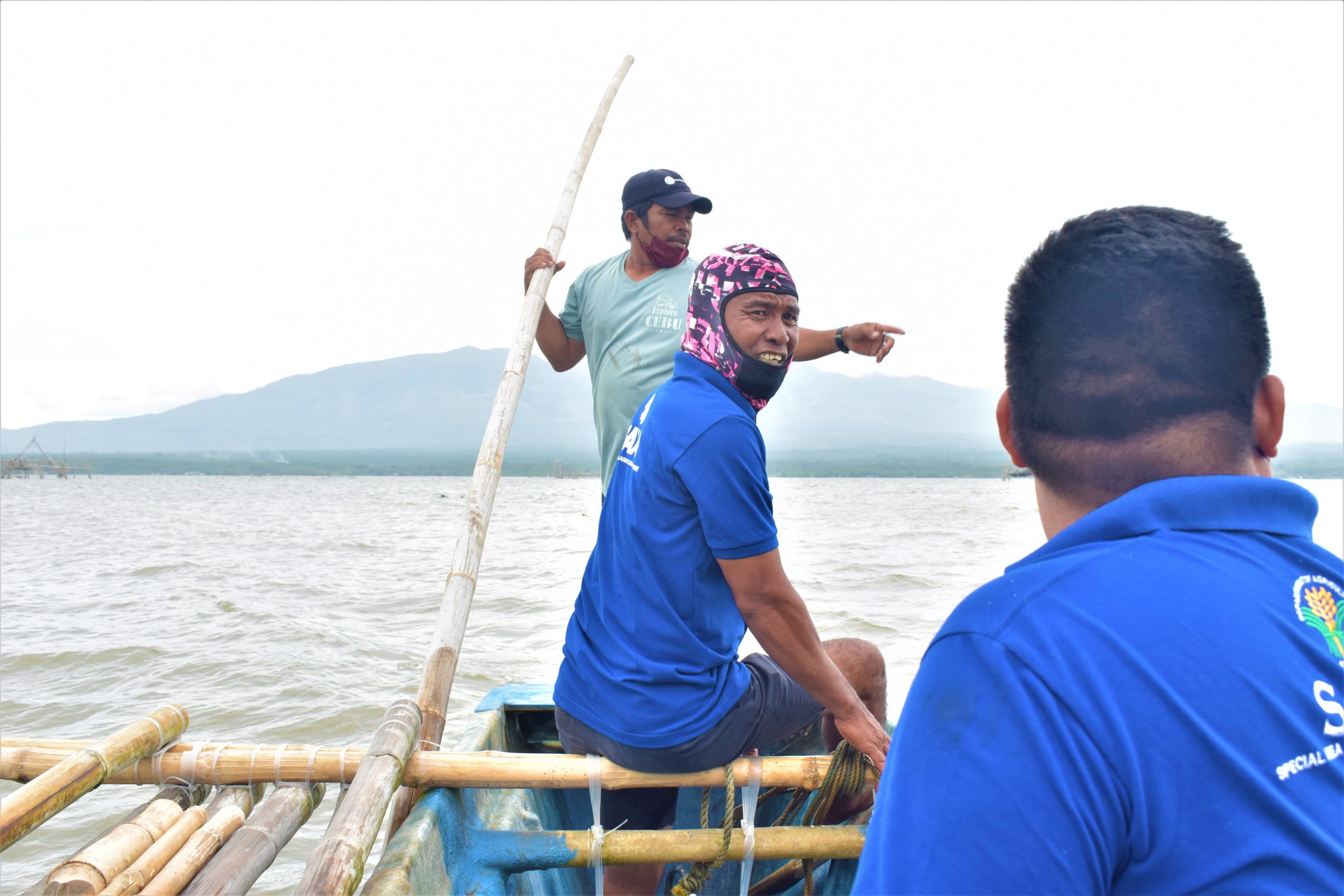
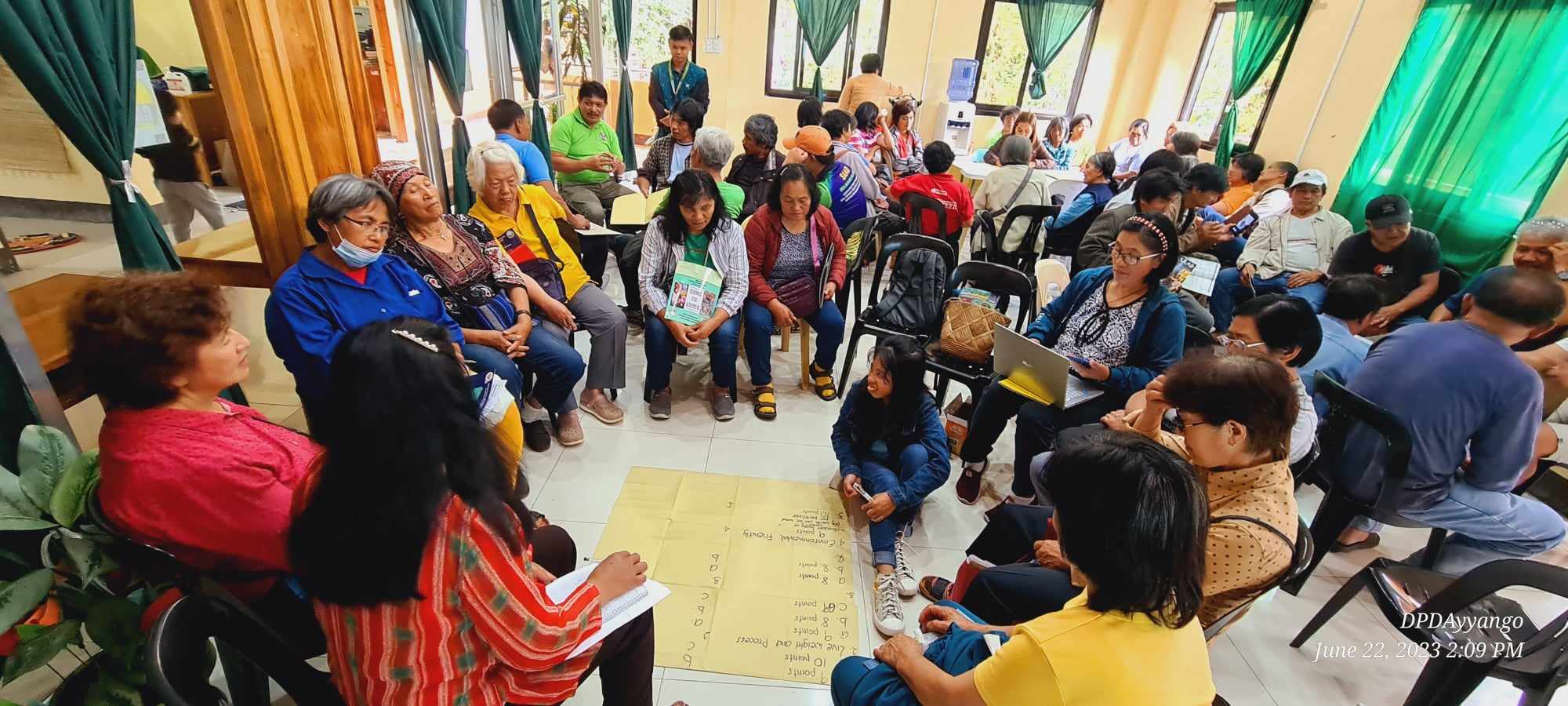
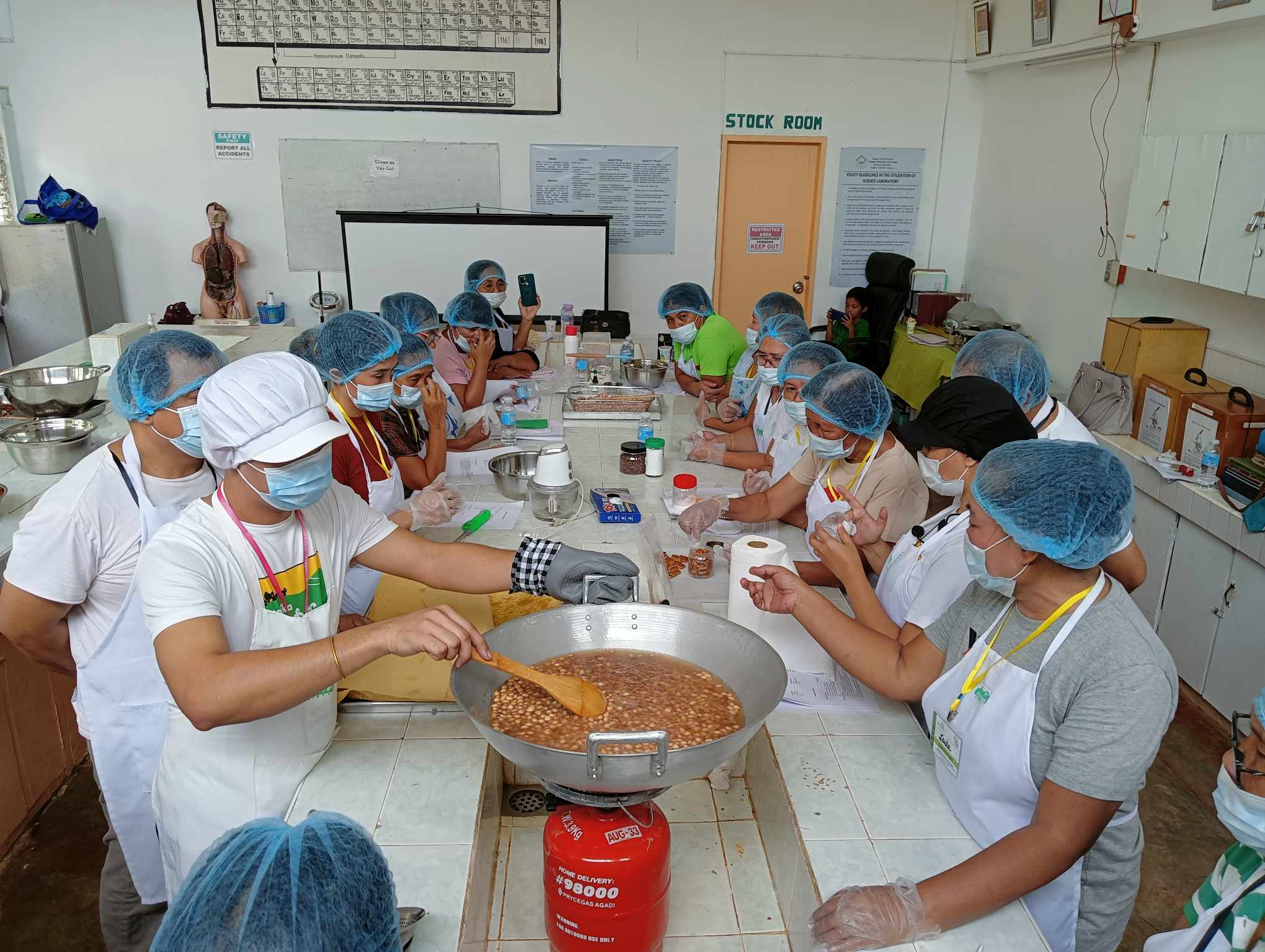
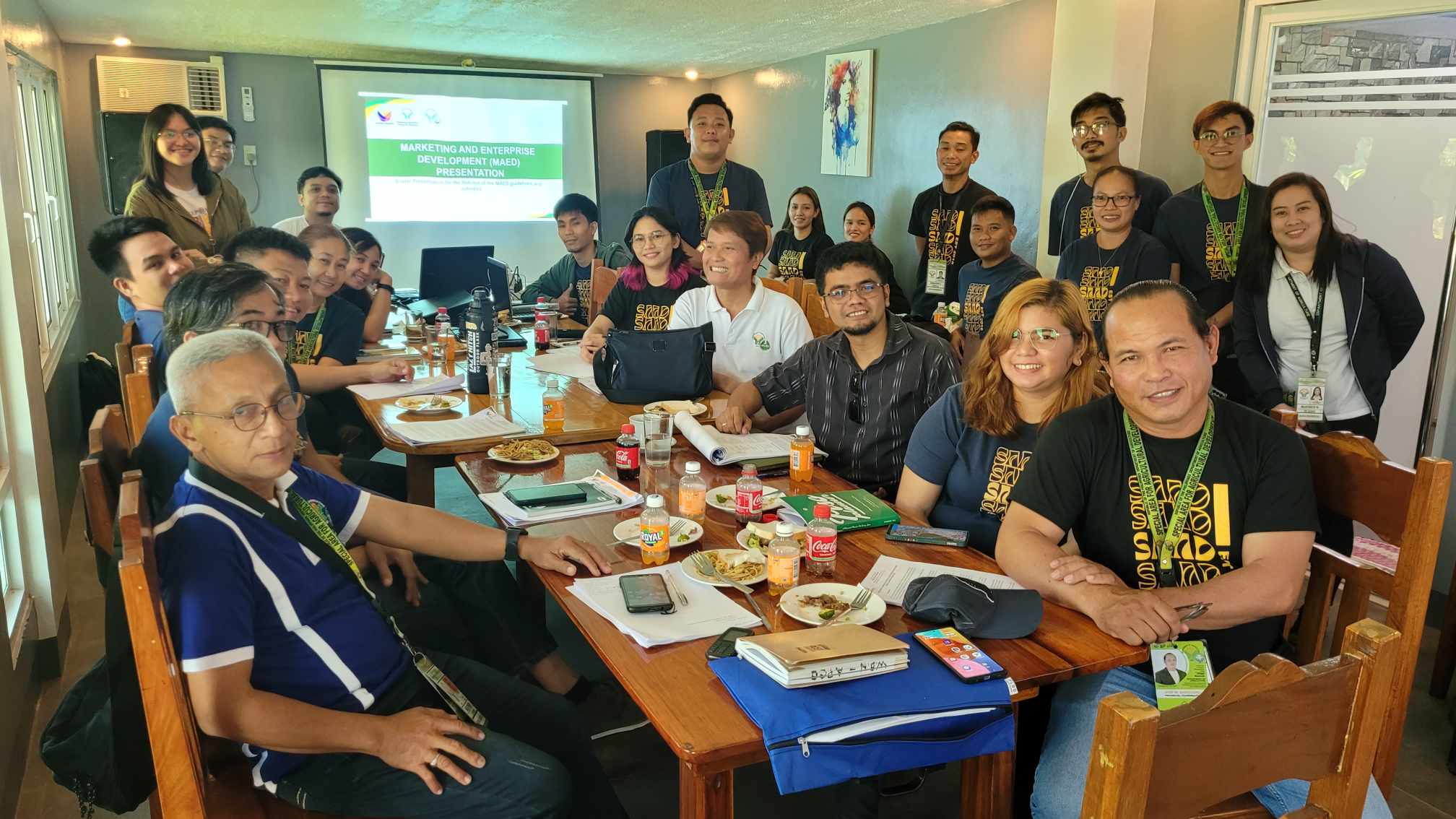
This Post Has 0 Comments